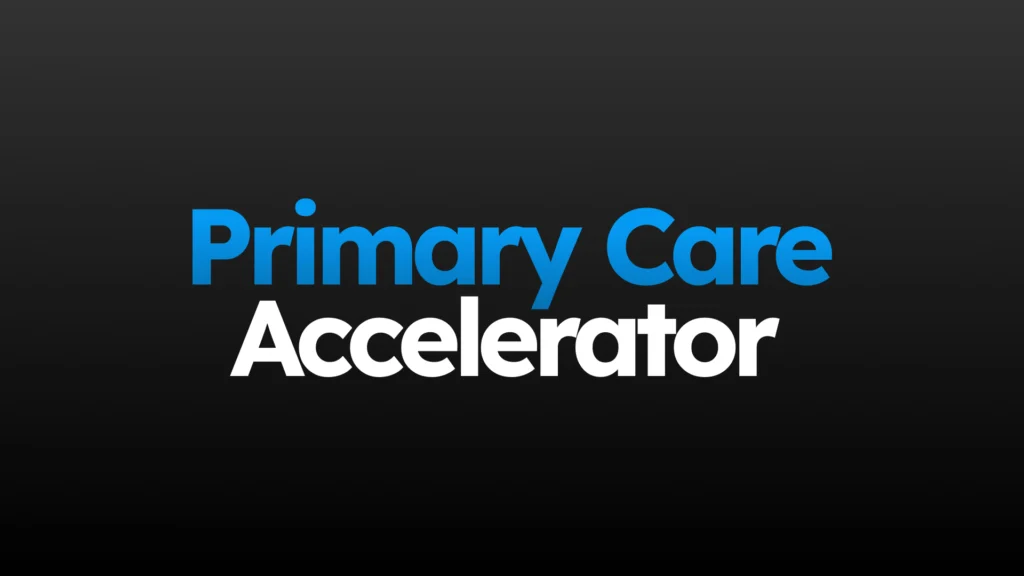You can build the most elegant MVP in the world—but if it adds friction to a 10-minute GP consultation, it won’t make it past the waiting room.
This is the clinical reality most founders underestimate. In UK general practice, 10 minutes is not a guideline—it’s the law of the land. It’s the container in which everything must fit: history-taking, diagnosis, treatment planning, documentation, referrals, and patient reassurance. If your product can’t survive that pressure cooker, it won’t survive at all.
Healthtech MVPs are often designed in calm rooms, with whiteboards and story maps. But the context they’re deployed into is high-pressure, fast-paced, and deeply relational. GPs don’t have time to learn clunky interfaces. They don’t want to “just click here” or “open this separate tab.” They want tools that blend into their workflow—almost invisibly.
That’s why usability isn’t a “nice to have.” It’s the core success metric.
An MVP that works in primary care isn’t just functional—it’s frictionless. It loads quickly. It uses clinical language. It makes things easier, not more complicated. It earns its place by giving GPs back seconds, not taking them away.
We’ve seen great ideas fail because the MVP assumed users would click three times when they only had time for one. Or because it introduced a new login during flu season. Or because it didn’t work offline in rural practices with patchy connectivity.
At Primary Care Accelerator, we help founders pressure-test their MVPs in real environments. We connect them with practices where they can shadow clinicians, observe decision-making, and spot the moments where a product can either help or hinder. We stress-test features against real workflows, not imagined ones.
When your MVP can survive a 10-minute consultation, it means you’ve done the hard work: stripped the excess, clarified the value, and aligned with real clinical priorities. And that’s when your product starts to get traction—not just in pilot sites, but across systems.
So before you think about scaling, ask a simpler question:
Can this hold up in a 10-minute consultation?
Because if it can’t, it’s not ready.
